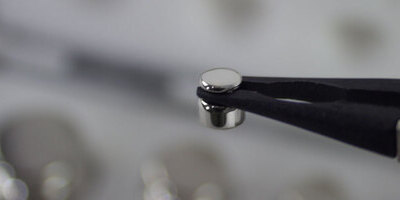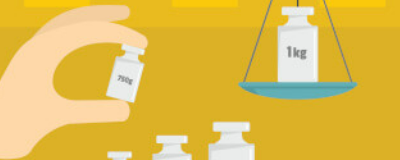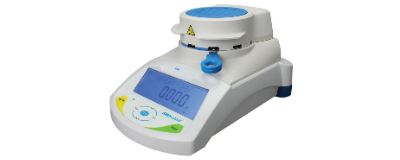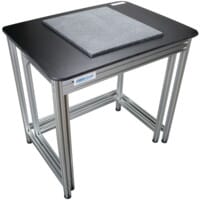
This blog post will outline a tutorial for basic pipette calibration and how using a semi-micro laboratory balance can help. For a very thorough guide on pipettes and calibration that includes specialised software, barometric pressure and other factors, click here.

Types of pipette that should be calibrated
There are a lot of different pipettes out there, and only specific kinds can be calibrated. According to pipettecalibration.net, here are the most common types of pipettes that can (and should) be frequently calibrated in order to comply with GLP:
- Manual Single Channel Fixed Volumes Pipettes
- Manual Single Channel Variable Volume Pipettes (also known as mechanical, adjustable or digital)
- Manual Multichannel Variable Volume Pipettes
- Manual Single Channel Positive Displacement Pipettes
- Electronic Single Channel Variable Volume Pipettes
- Electronic Multichannel Variable Volume Pipettes
- Pipetting Aids (cell culture pipettes)
What you need to calibrate a pipette
Here is a brief list of things you will need in order to calibrate a pipette:
- Pipettes that need to be calibrated
- Distilled Water
- Clean Beakers
- Thermometer
- Distilled Water Density Chart with Temperature
- Fast Semi-Micro Balance with a readability of at least 0.0001 g
- Something to write down measurements (notebook, laptop, software etc.)
- Calculator or software to compute results
Notes on user safety & improving calibration accuracy
We recommend you use an to prevent vibrations from construction, air conditioning or even footsteps from unstabilizing the results and making them inaccurate. At the very least, ensure you’re conducting calibration in a well-regulated, temperature controlled room in good conditions (no vibrations, no temperature or atmospheric changes, no interference such as static electricity). The person conducting the calibration should be experienced with both pipettes and highly precise balances like our . If this is for a class, allow your students to practice proper pipetting technique before making them calibrate their instruments. In any case, make sure the equipment is clean and functional. Calibrate the balance beforehand as well, and make sure it is stable before starting measurements.

How to calibrate a pipette using a balance
1. Leave the distilled water out for about 15 minutes to ensure temperature consistency.
2. Use the thermometer to measure the temperature of the distilled water. Record.
3. Place the empty, clean beaker on the balance.
4. Tare the beaker’s weight.
5. Ensure the pipettes are clean, unclogged and ready to function.
6. When filling the pipette up to the volume that will be calibrated (1ml, for example) with the distilled water, make sure you don’t create air bubbles in the flask or in the pipette.
7. Dispense the distilled water in the beaker using the pipette.
8. Use the balance to measure the distilled water’s weight.
9. Repeat 5-10 times at least, recording each measurement.
10. Use the formula V = w * Z to calculate the volume dispensed by the pipette. W is the weight of the distilled water. Z is the “conversion factor based on the density of the water” and V is the calculated volume of dispensed water. The temperature of the water determines its density, which is why it is important to keep the water temperature as constant as possible. Skip if you have software automatically do that.
11. Average the results. If you did 10 tests, divide the sum of the 10 tests by 10.
12. The average weight of the distilled water is the w in the equation. You can now solve the equation manually, or use software.
13. The next step is determining the pipette’s accuracy, manually or via software. If you have to do it manually, use the formula A = 100 x Vavg/V0. A stands for Accuracy. Vavg is the average calculated volume. V0 is the value assigned for the pipette to dispense. WikiHow recommends the value should be between 99 and 101%.
14. Record the results. If the pipette is properly calibrated, you can use it. If the results are consistently wrong, do not use the pipettes.
How Adam Equipment can help with pipette calibration
Certain weighing scales and balances can be used in order to measure the weight of pipettes and aid the calibration process. Adam Equipment offer several balances perfect for pipette calibration procedures including our and series, with both analytical balances and semi-micro balance models available. We also sell density kits that have beakers and thermometers, and an ideal to set up a calibration station.





